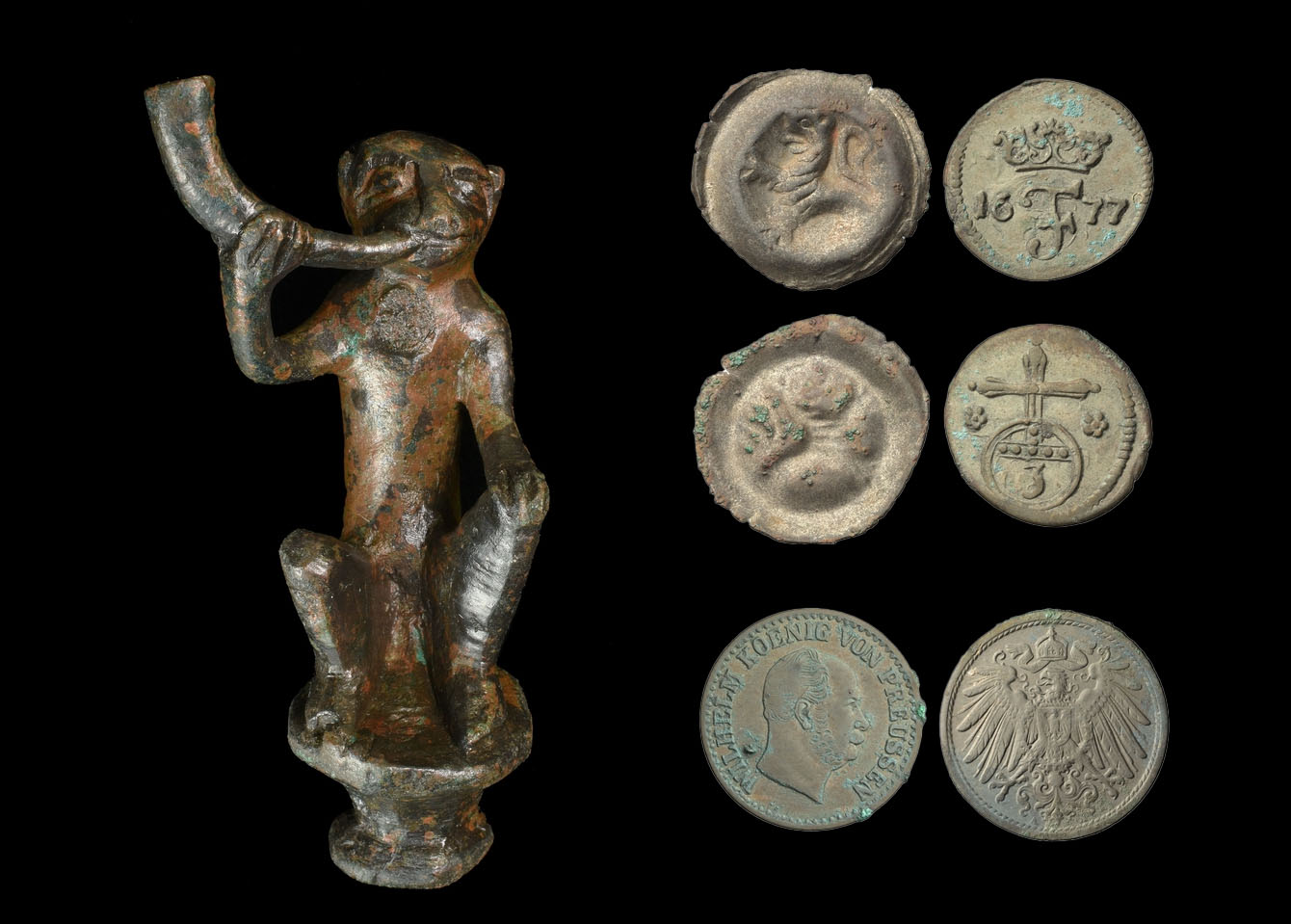Archaeologists from the State Office for Monument Preservation and Archaeology (LDA) of Saxony-Anhalt have found over 1,000 artefacts during excavations of the church of St Mary, located in the town of Gardelegen in Saxony-Anhalt, Germany.
Built in the Gothic style during the 13th century, the church features a spacious hall layout with high vaulted ceilings, large stained-glass windows, and a distinctive bell tower. Over the centuries, the church has undergone multiple renovations and restorations, preserving its medieval character while incorporating elements from later periods.
During construction works to install underfloor heating at the church, archaeologists from the LDA excavated to a depth of 40 centimetres across a 145-square-meter area.
Over 1000 artefacts have been recovered, such as 679 coins and heavily corroded coin fragments, pearls, garment pins, animal bones, ceramics, metal fittings, book clasps, shards of painted glass, iron nails, plant remains, and personal items such as tweezers.
Among the more curious discoveries were three dice and an 8-centimetre-tall lead-bronze monkey figurine.
According to the LDA: “While depictions of monkeys in churches are not uncommon, they often serve symbolic roles, engaging in board games, playing music, mimicking human behaviour, or becoming entangled in vines and snares.”
“During the late Middle Ages, monkeys were frequently portrayed as demonic figures or as satirical representations of human folly and vice,” added the LDA.
To celebrate the completion of the construction work, an exhibition titled “Lost and Found” showcased a selection of the discovered artefacts to the public.
Header Image Credit : LDA
Sources : State Office for Monument Preservation and Archaeology





